Translation of the content:
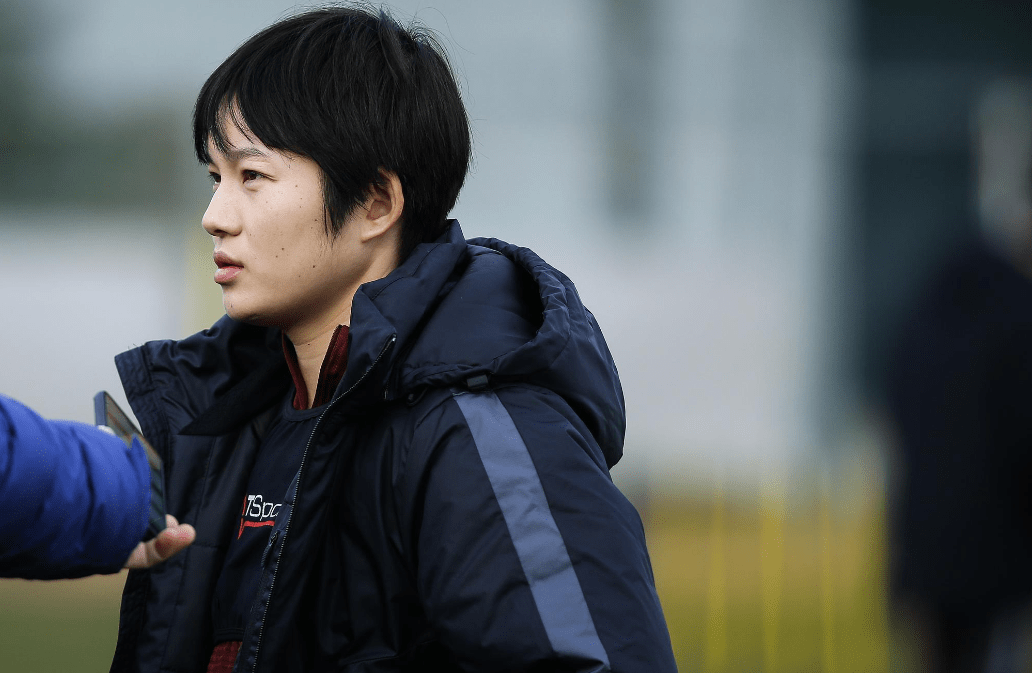
The announcement of the new training roster for the Chinese women's football team has caused quite a stir: Zhang Xin and Zhang Rui, who have been retired for many years, have made a comeback, while Yang Lina, a former mainstay midfielder, has not been selected. This has led to a question: "Is this a nostalgic journey to settle old scores, or a new attempt to find stability?" The discussion among fans quickly polarized, with one question on the table - is this list a confident choice or a reluctant compromise?
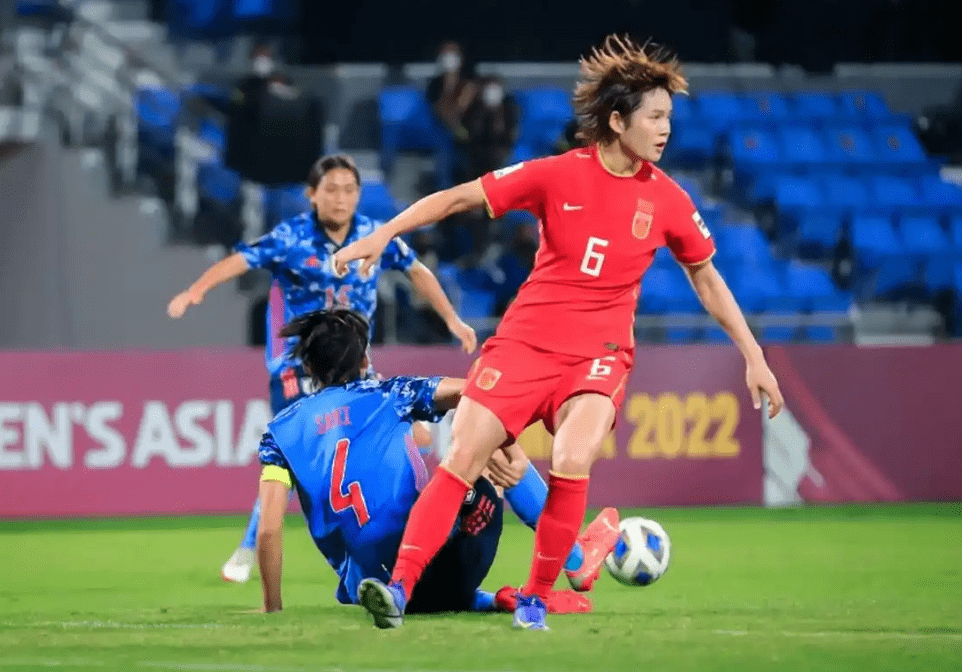
When Zhang Xin's name came out, many veteran fans might exclaim, "Isn't that the retired midfield general?" Indeed, Zhang Xin's career has been eventful. She withdrew from the field early due to personal reasons but returned strongly after a few years and rejuvenated in the Chinese Women's Super League. Her performance in the Asian Cup was commendable, using her stability and experience to help the team secure key victories. This return to the national team list seems more like a "safety card" selected by head coach Milicic, lacking confidence in the current young midfielders to stabilize the midfield rhythm.
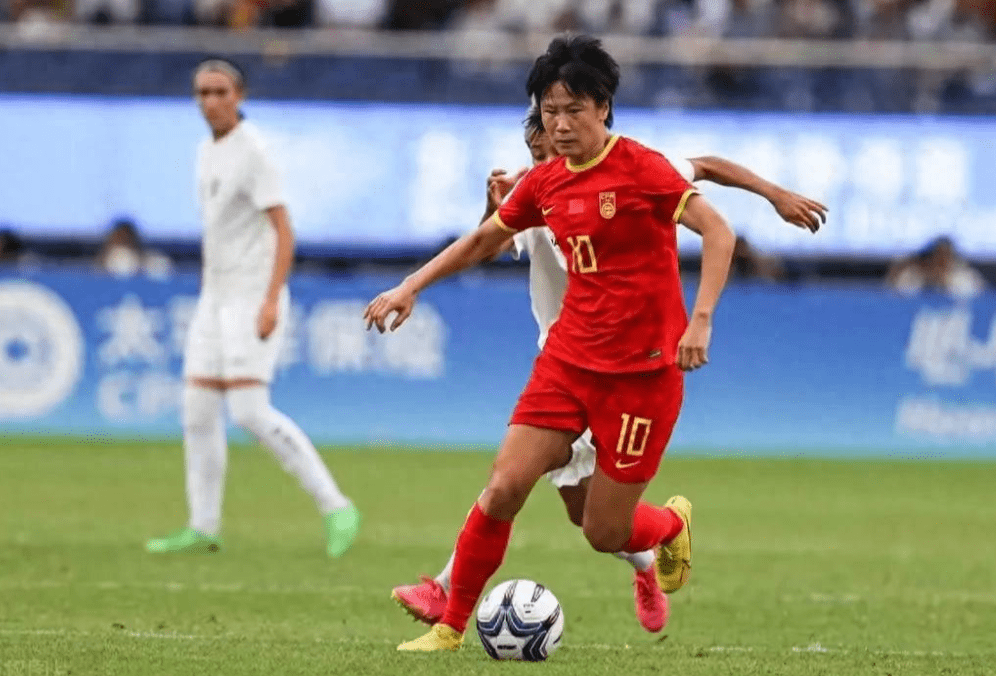
As for Zhang Rui, her return to the list is even more surprising. She was once a mainstay of the women's national team but faded out of the mainstream lineup as she aged. This return clearly has the intention of "old leading the new," but the question arises - over the years, the Chinese women's football team has always emphasized "blood replacement" and "new-old alternation," yet they are always reluctant to truly let go and train newcomers during matches. Whether Zhang Rui, this veteran, can help young players grow may still depend on her actual role in the game.
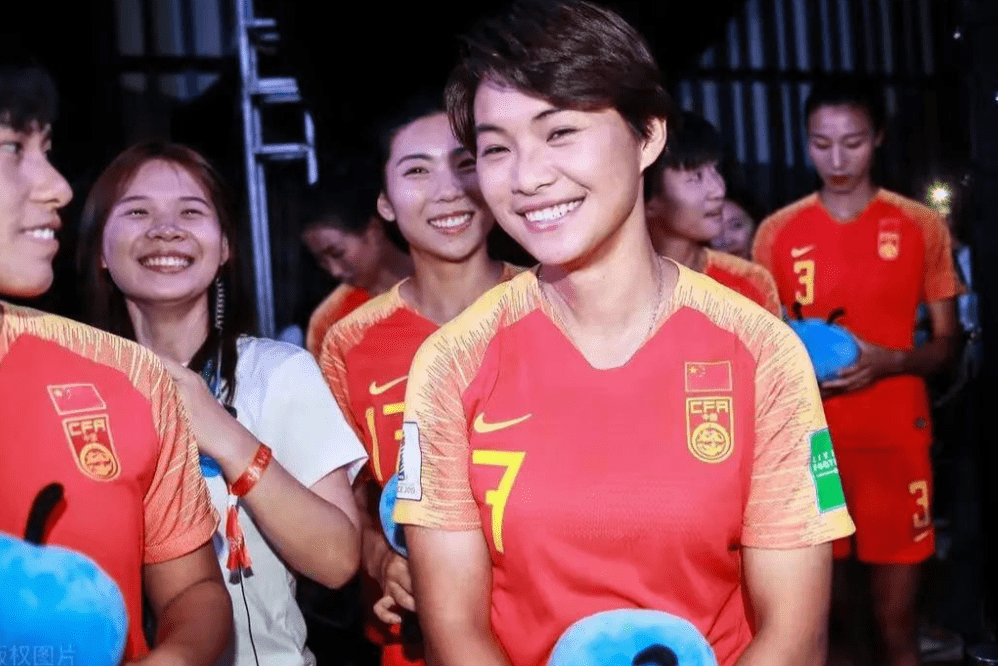
These returning veterans seem to be "firefighters" for lineup stability, but they cannot avoid the more important question - what about the "reserve strength" of women's football?
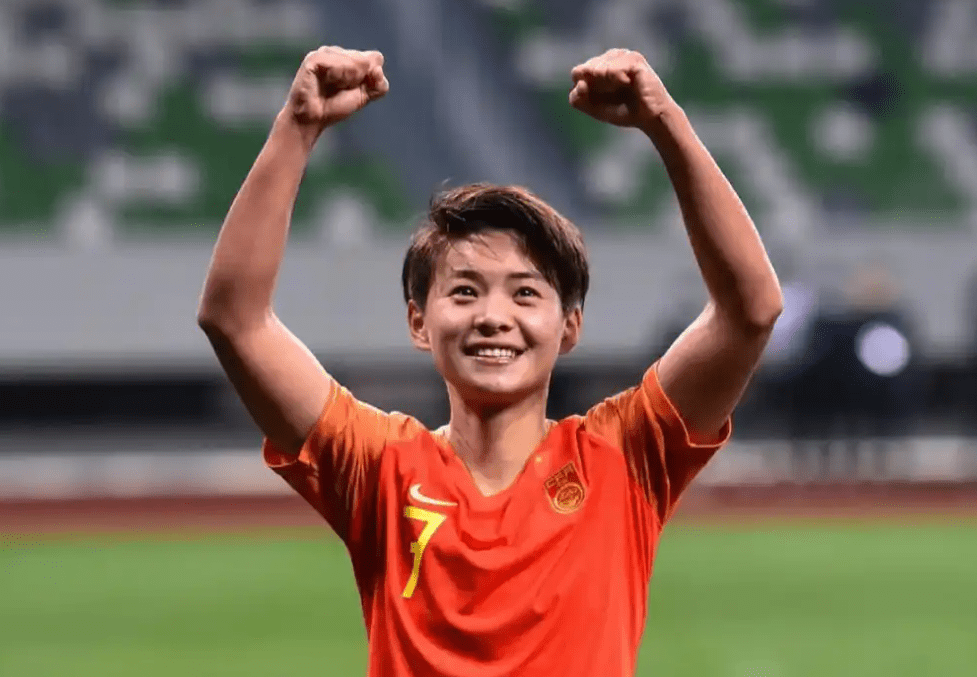
In the list, we see several names of the new generation, such as Wang Linlin and Yin Lihong, post-00 players. Their abilities and potential seem to be gradually discovered and favored by the coaching staff. Wang Linlin demonstrated impressive defensive interception skills in previous international competitions, while Yin Lihong has many highlights in footwork and speed.
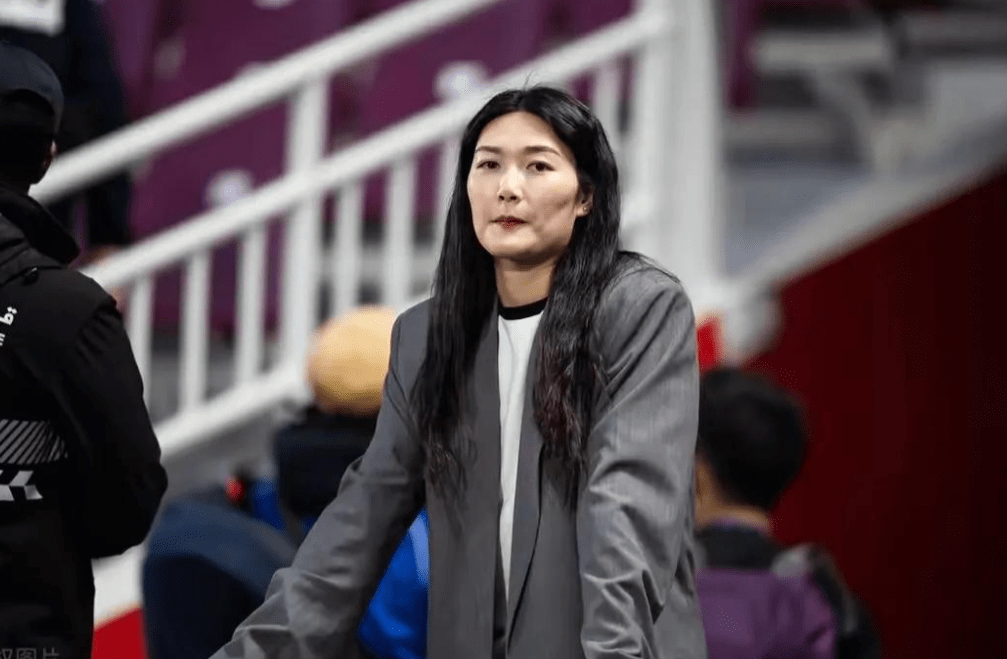
However, frankly speaking, the emergence of fresh blood is still too scarce. In recent years, the Chinese women's football team, which has always emphasized an overall tactical system, has not been able to cultivate enough young people capable of shouldering the burden under the youth training system. This makes "new-old alternation" look like a slogan for recruitment, yet it fails to become a reality. You let a few girls in their early 20s take on the responsibility alone, and they may have the willingness but lack the ability; entrusting the situation to experienced veterans inevitably makes people feel that they are taking too many steps back.

Regardless of the controversies surrounding the new list, Wang Shuang's name remains the focus of attention. In recent years, her career has been a microcosm of women's football - from rising in the French league to leading the team to a comeback in the Asian Cup, and then continuously contributing at the club level, Wang Shuang has consistently answered doubts with solid performances. She is not only a technical core but also a spiritual leader. Whether in pre-match interviews or on-field performances, she plays the role of "passing on hope."
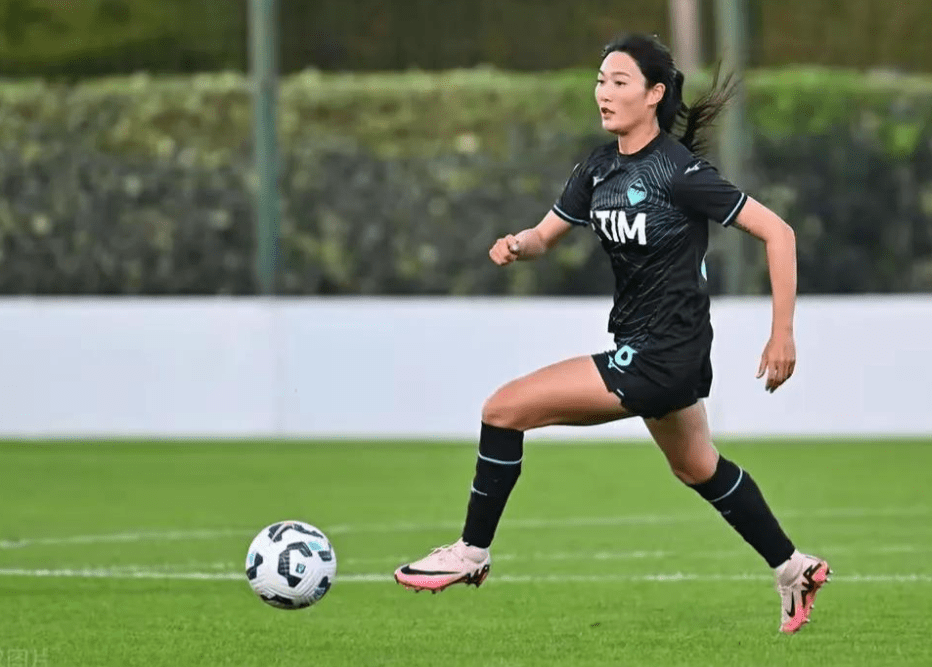
But the problem is, the Chinese women's football team cannot rely solely on Wang Shuang. If the team's tactics and rhythm overly depend on her, how can more players be cultivated to fight alongside her? This single-core system is akin to a narrow bridge. Although Wang Shuang is often described as the lighthouse of women's football, remember that a single light bulb cannot illuminate all problems.
Turning our attention to beyond the list, the Dutch invitational itself has many thought-provoking aspects. The Netherlands is one of the strong European teams, and the Chinese women's football team obviously wants to enhance its competitiveness through such high-level matches. However, this arrangement also reminds many people of the big defeat at the Tokyo Olympics - are we ready to face the impact of European and American teams?
Besides the results, fans are more concerned about what problems will be exposed in the Chinese women's football team's performance in this match - is it insufficient lineup coordination or outdated tactical concepts? The Chinese women's football team needs to learn from failure rather than cover up old problems with new lists like a revolving door.
Speaking of personnel selection, we cannot bypass head coach Milicic. This foreign coach, who took over the women's football team more than two years ago, has been controversial since his appointment. Fans complain about his uncertain lineup arrangements and sometimes "top-heavy" tactical style. For example, some criticized his excessive trust in veterans during the Asian Cup, while others questioned his failure to discover more potential new stars.
However, judging from his choice to bring back retired veterans like Zhang Xin and Zhang Rui, he is apparently trying to find a balance between "immediate results" and "long-term planning." Nevertheless, overly experimental lineup combinations may also be wasting the value of the coaching staff testing new tactics time and again. As the saying goes, "Hesitation is more terrible than failure."
We need to see some highlights from this list while not avoiding the overall dilemma it reflects for women's football. What we need to reflect on is - what kind of development platform can the Chinese Football Association and the women's football system provide for young players? Ultimately, a systematic youth training model is crucial. Only by continuously cultivating promising and competitive newcomers can the realization of new-old alternation be truly supported.
Competitive sports demand long-term planning. The problems behind the list cannot be solved by temporary troop dispatches but whether the entire women's football system can continuously output quality newcomers.
Repeated options for veterans' returns are just short-term "treating the symptoms, not the root cause," and distant water does not quench immediate thirst.
The grand drama of new-old alternation has just begun, but every protagonist on the stage bears different hopes and doubts. Perhaps this list is not the optimal solution, but it is a process that must begin.